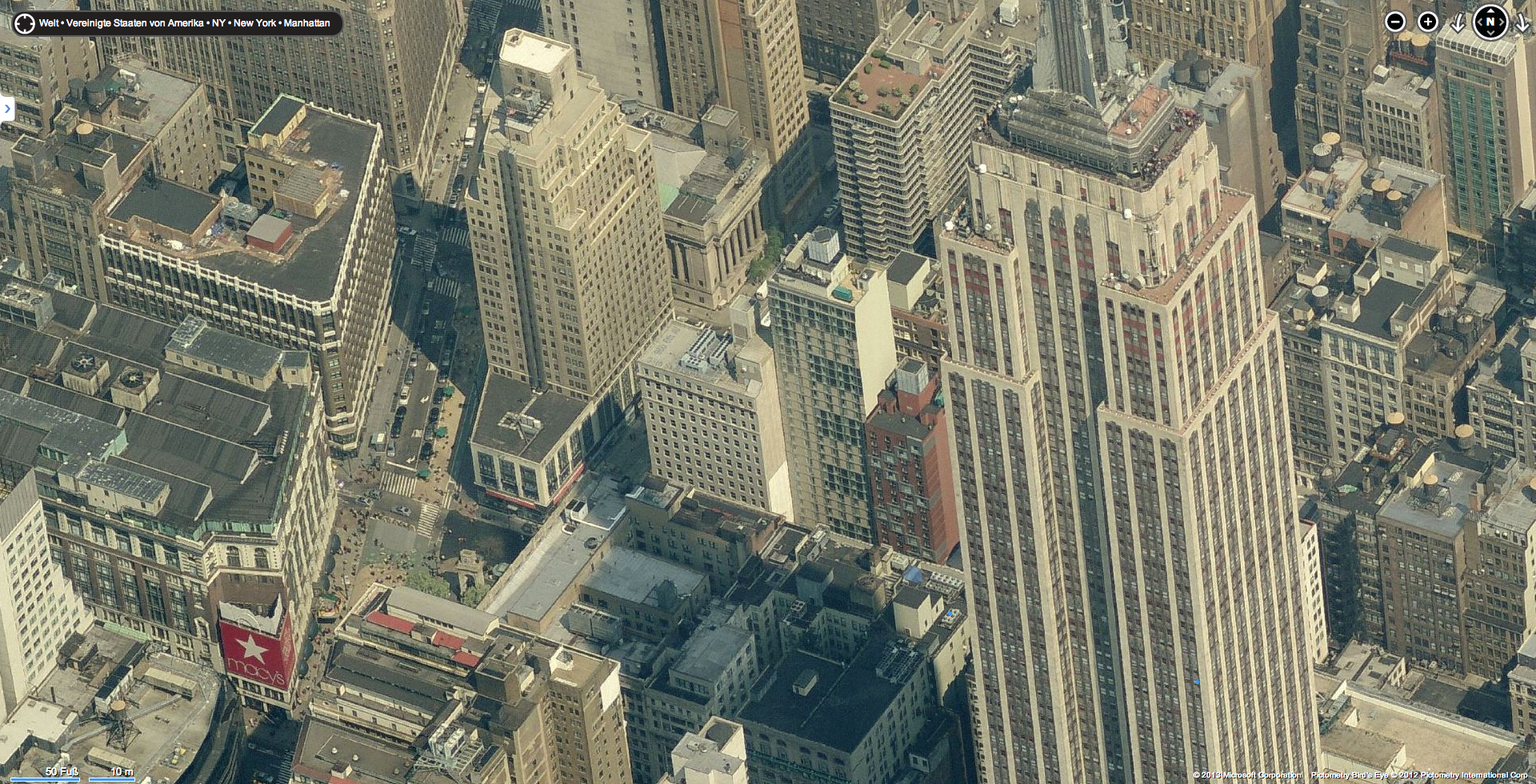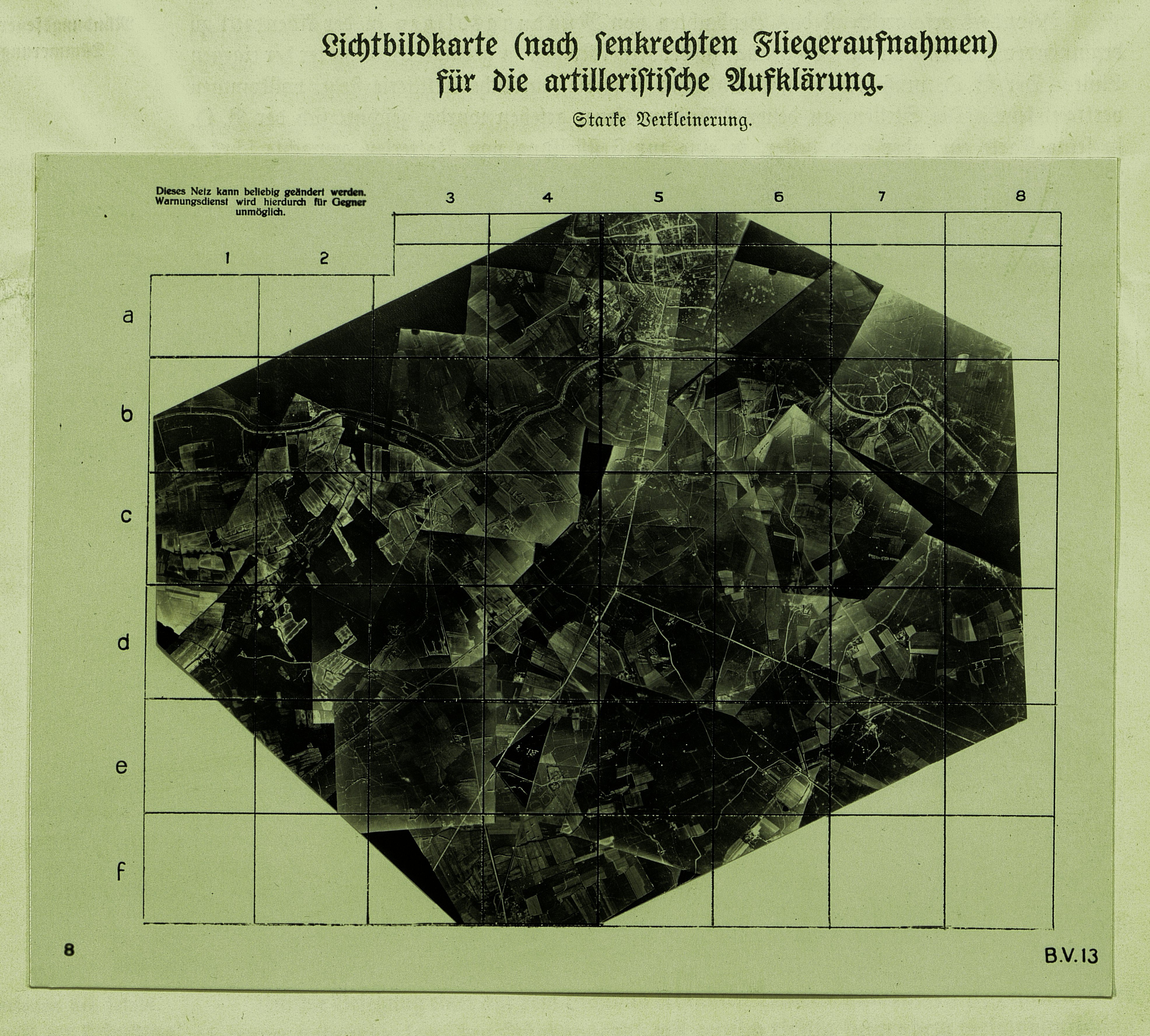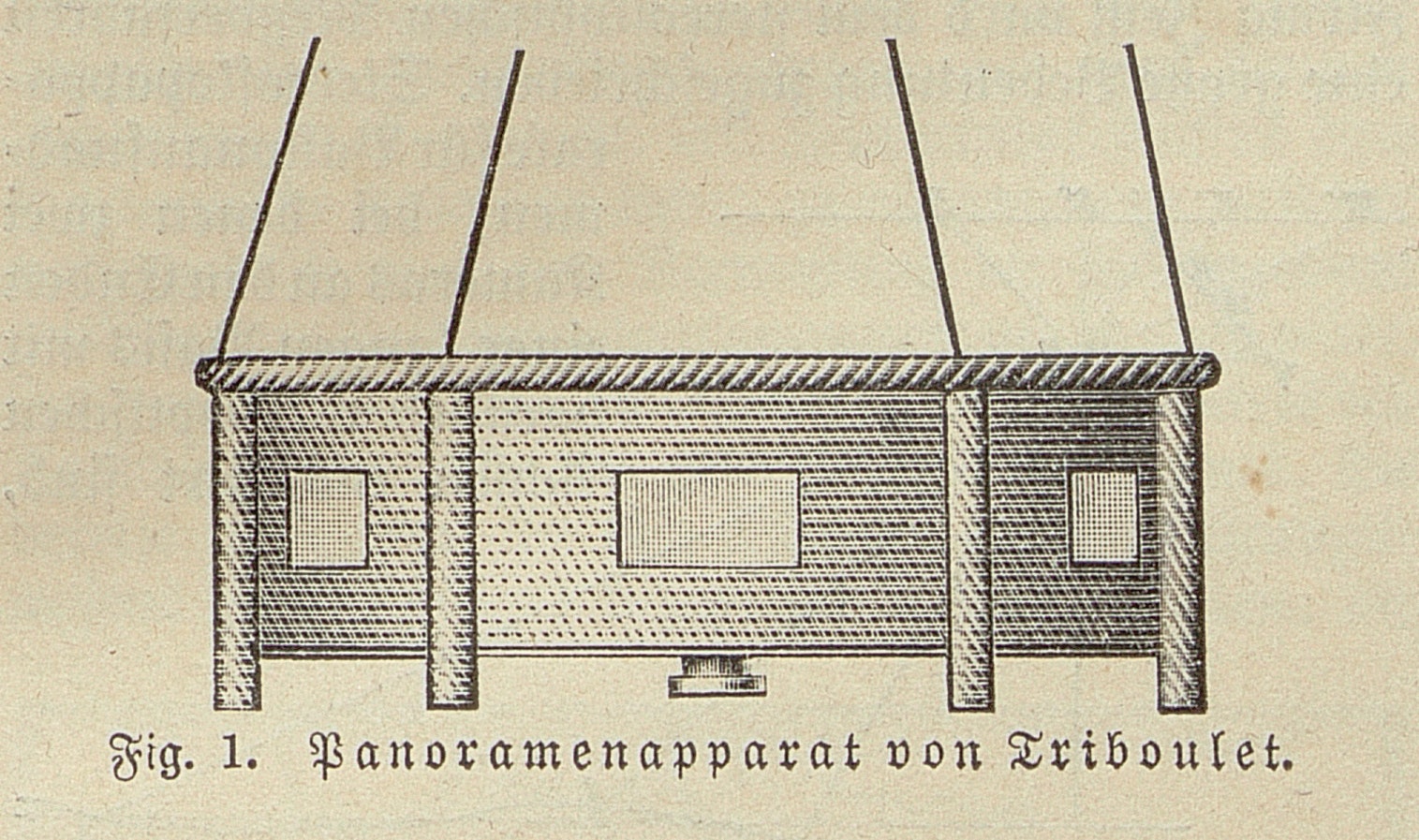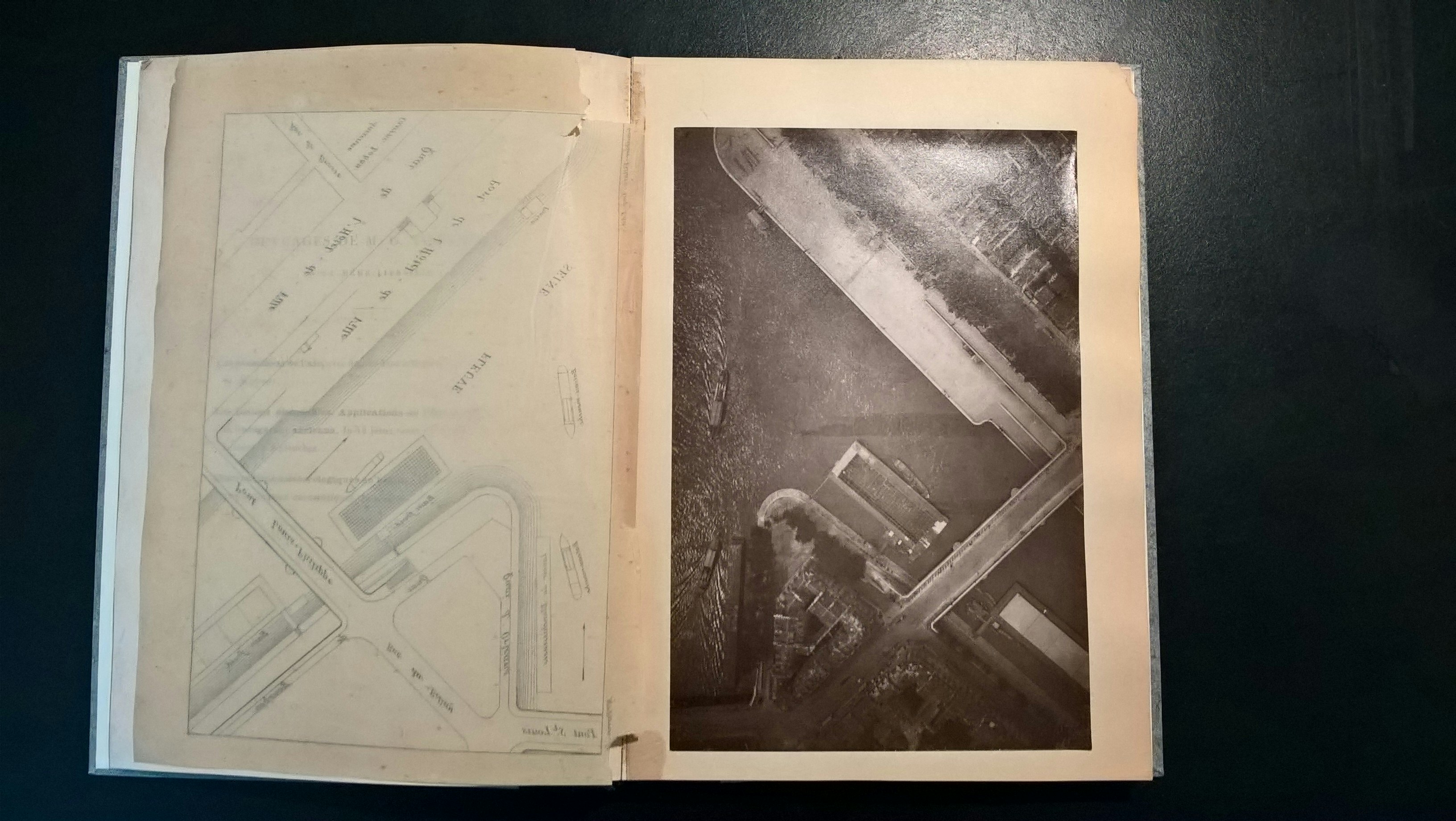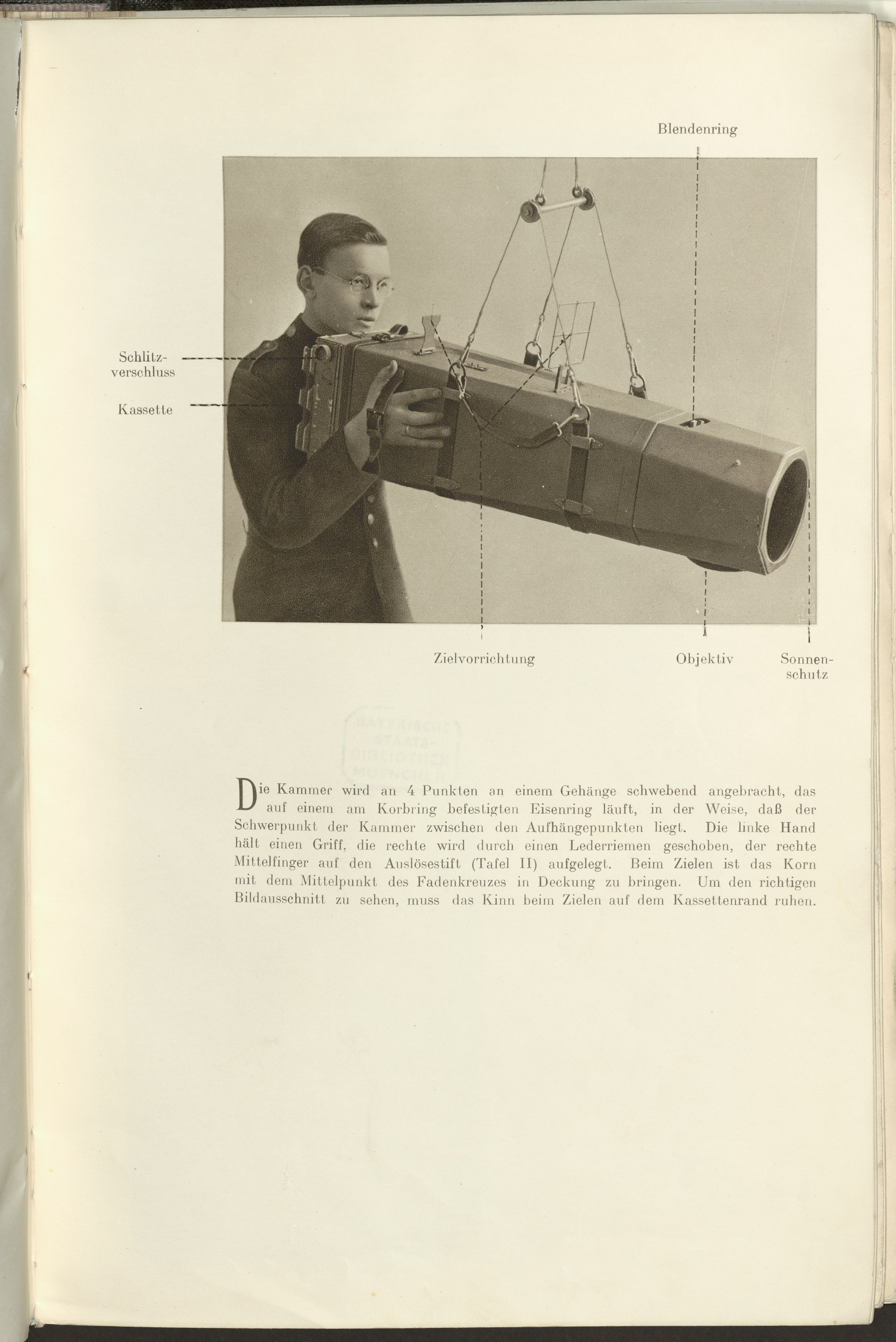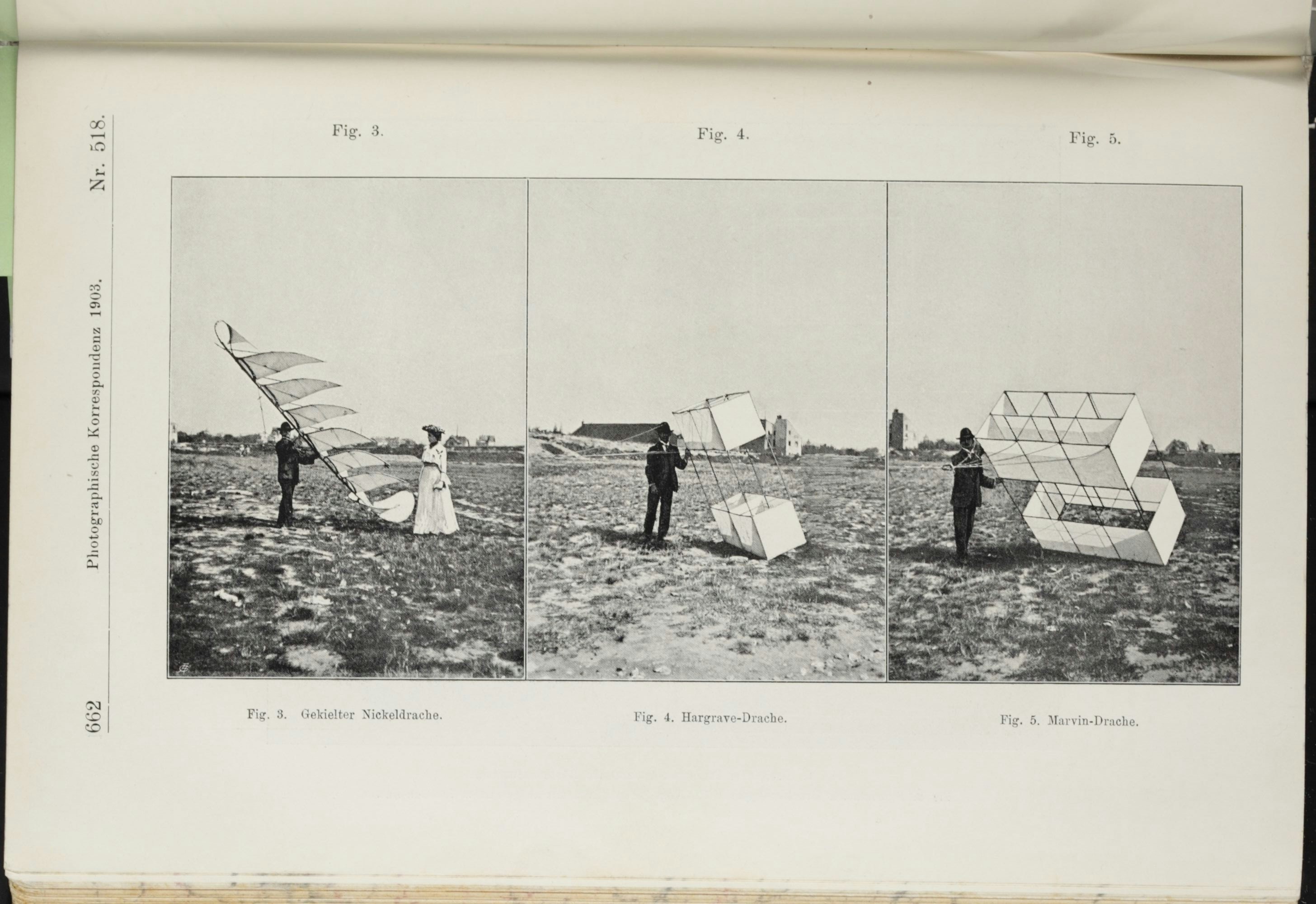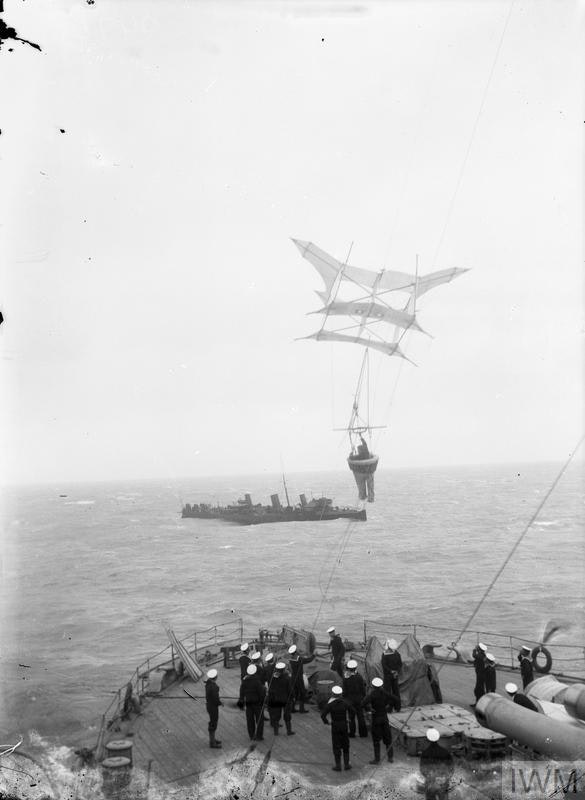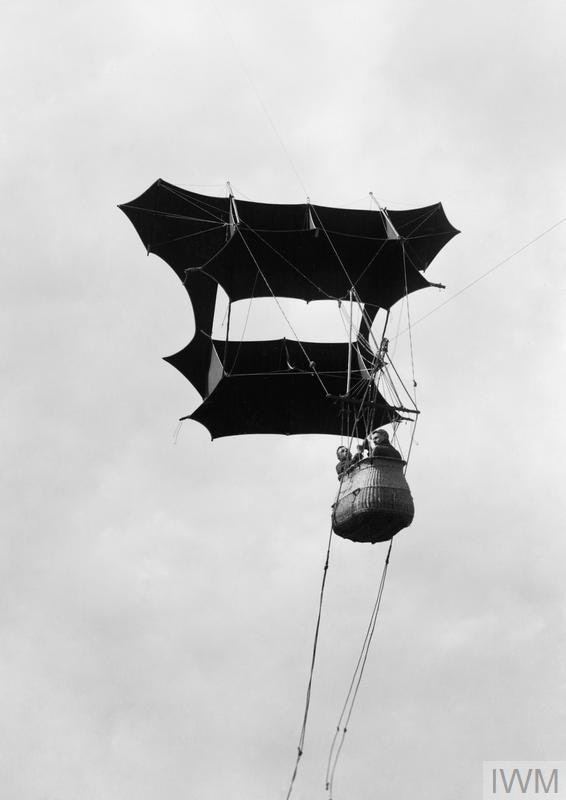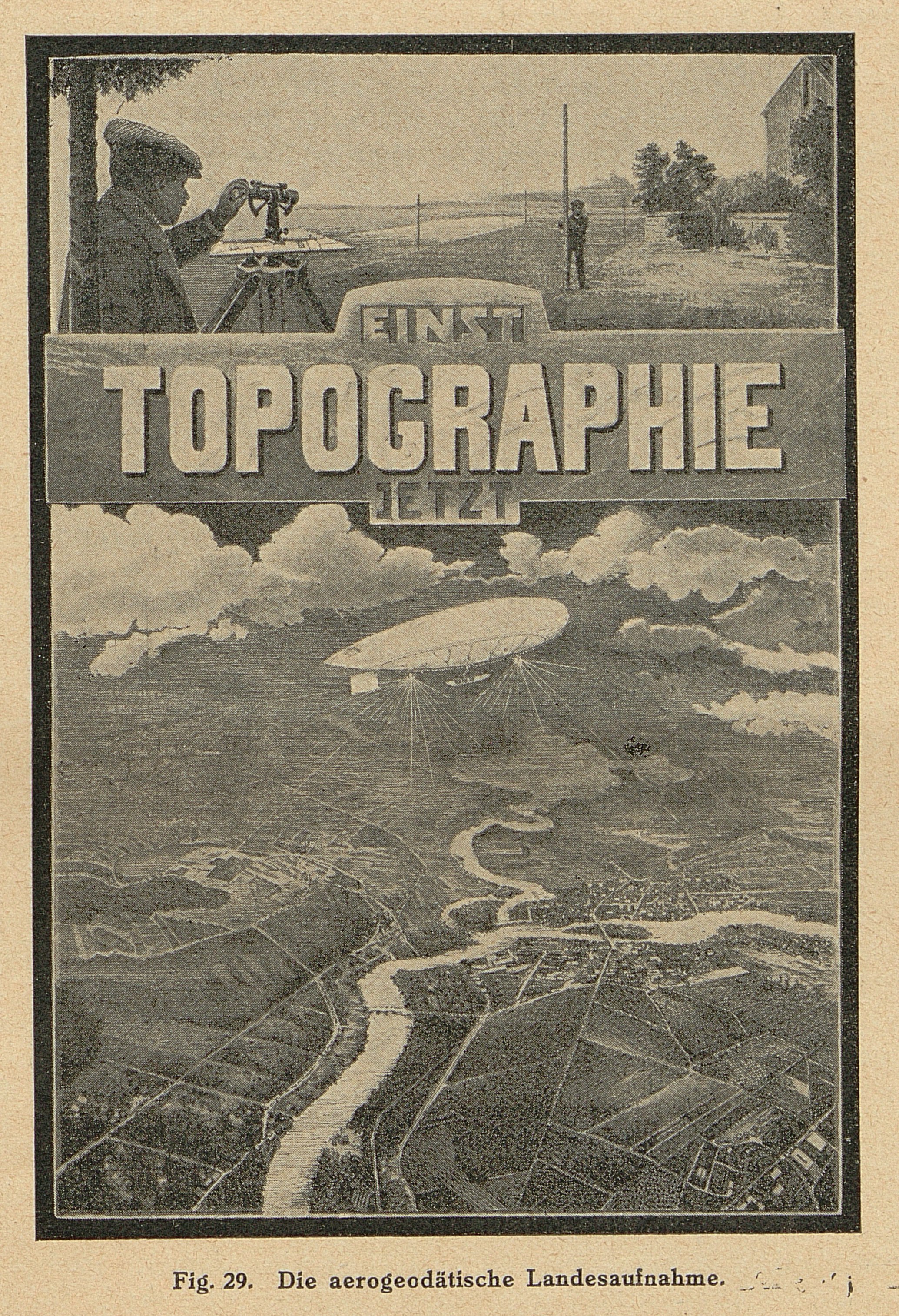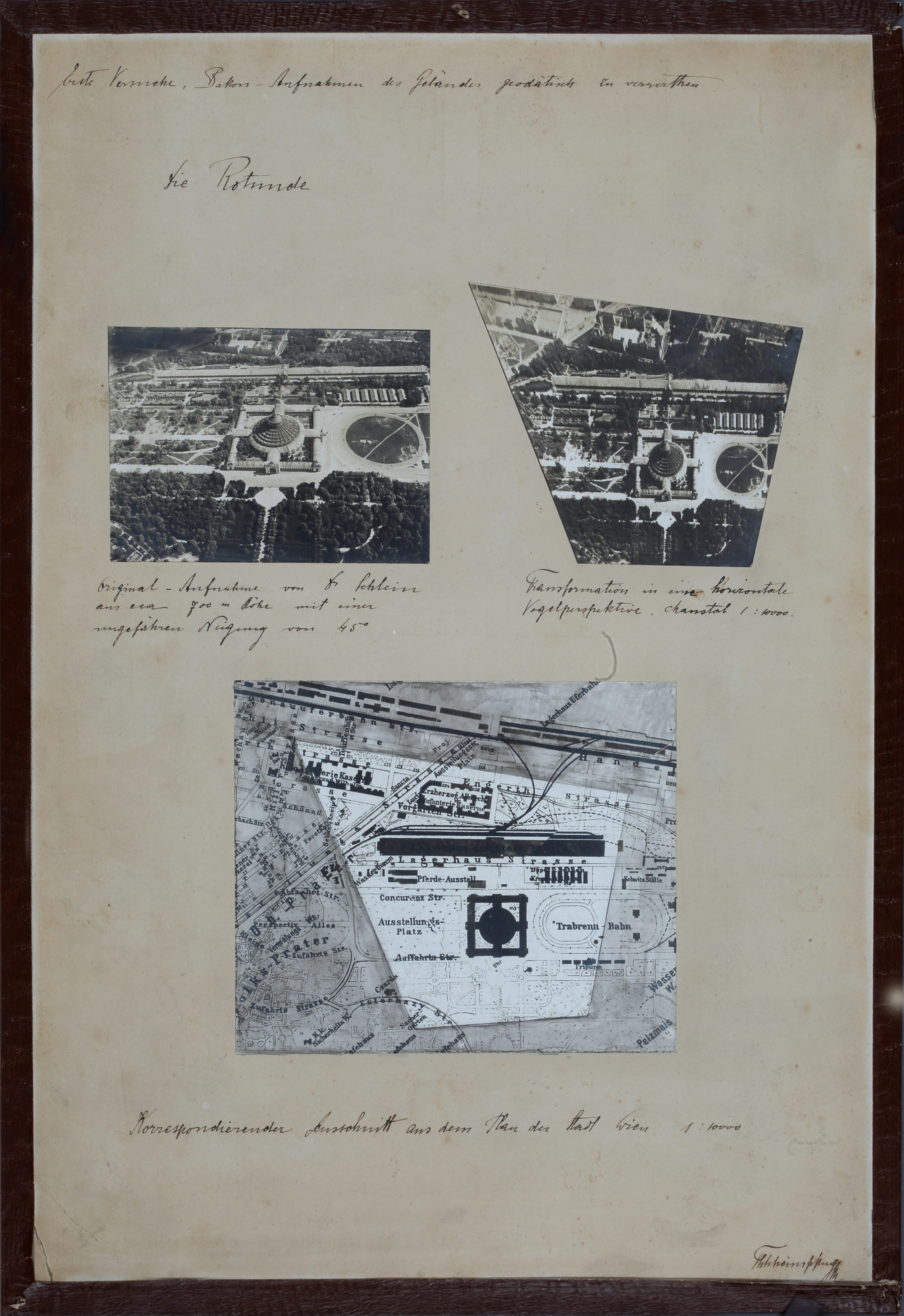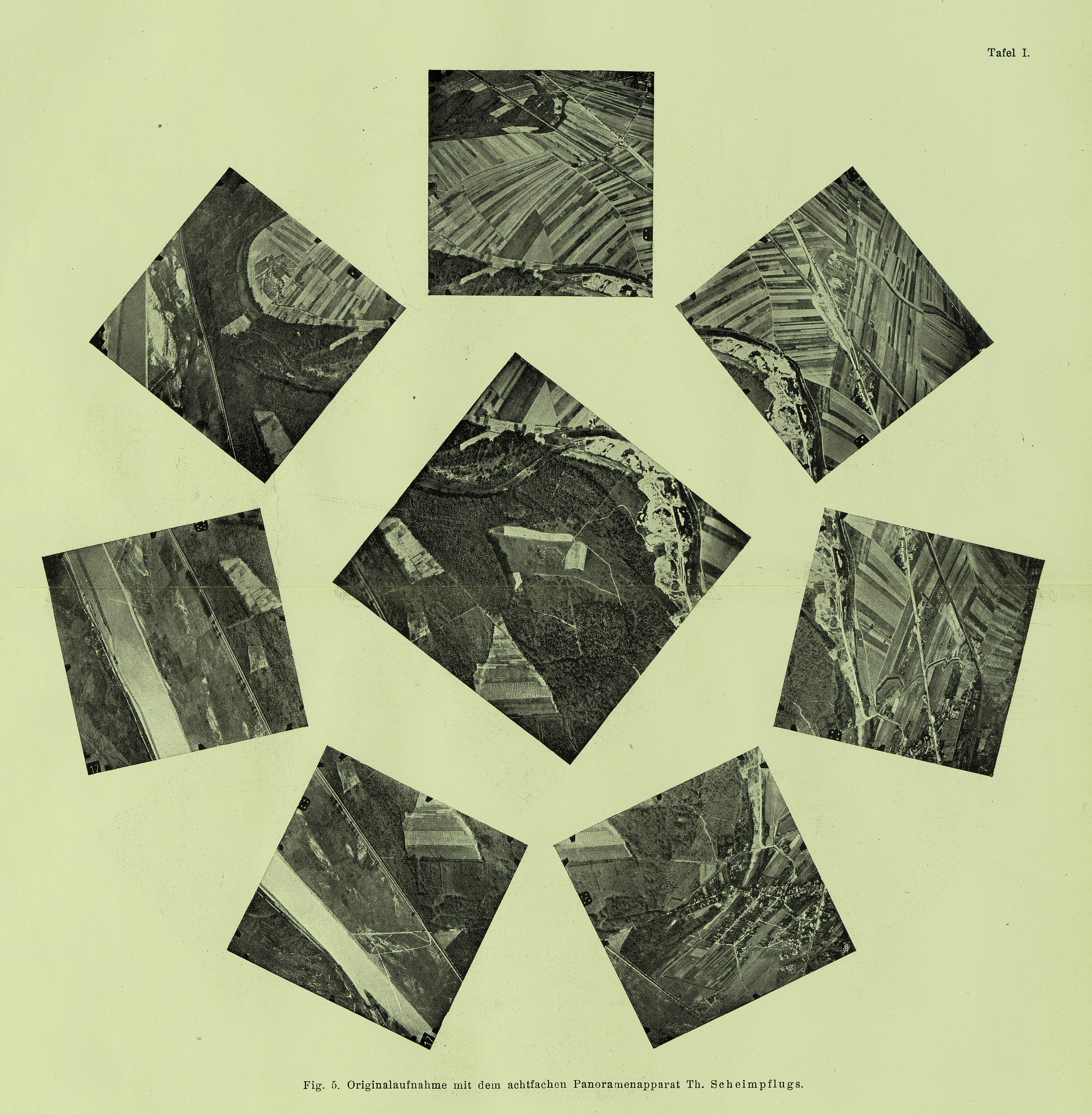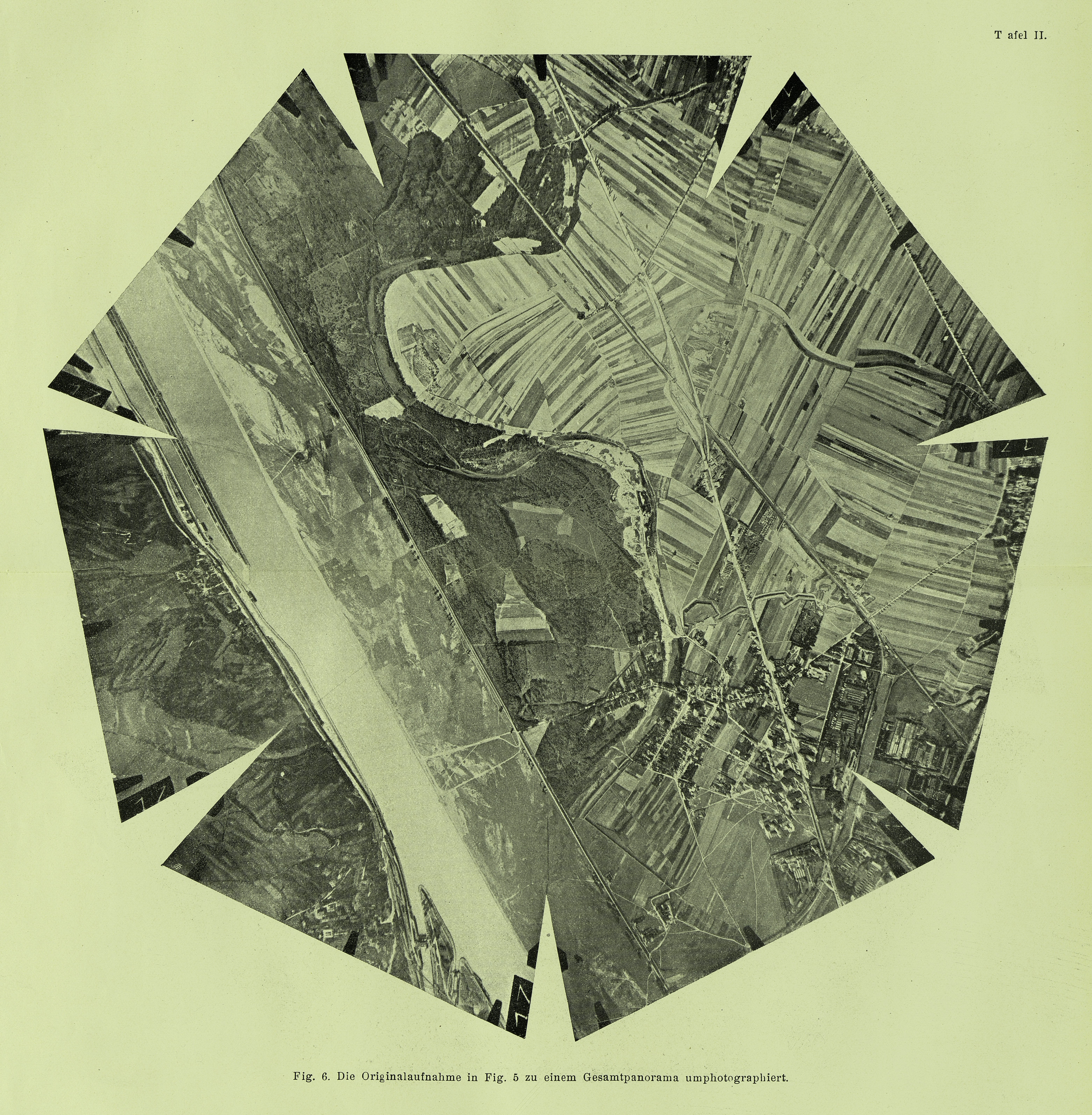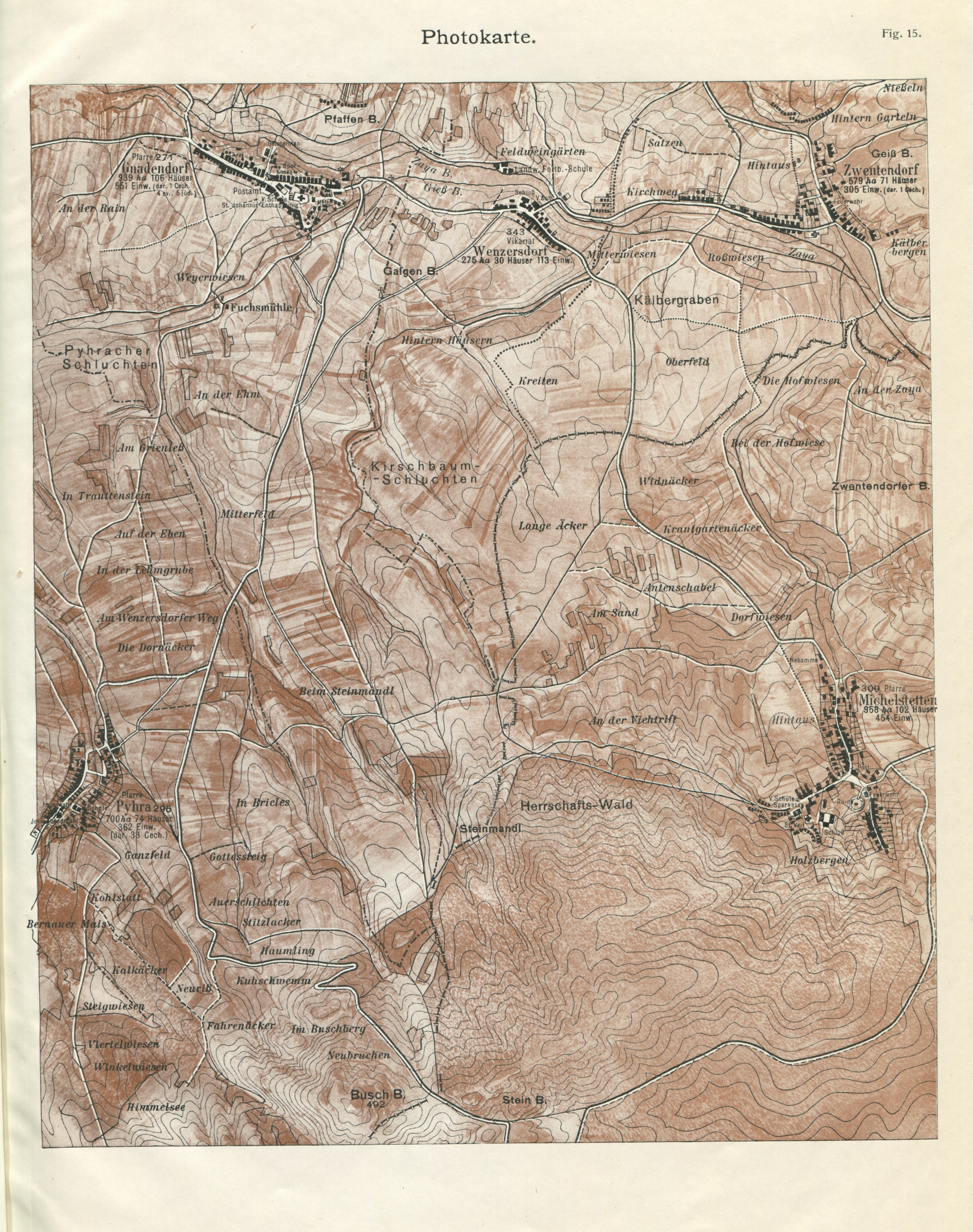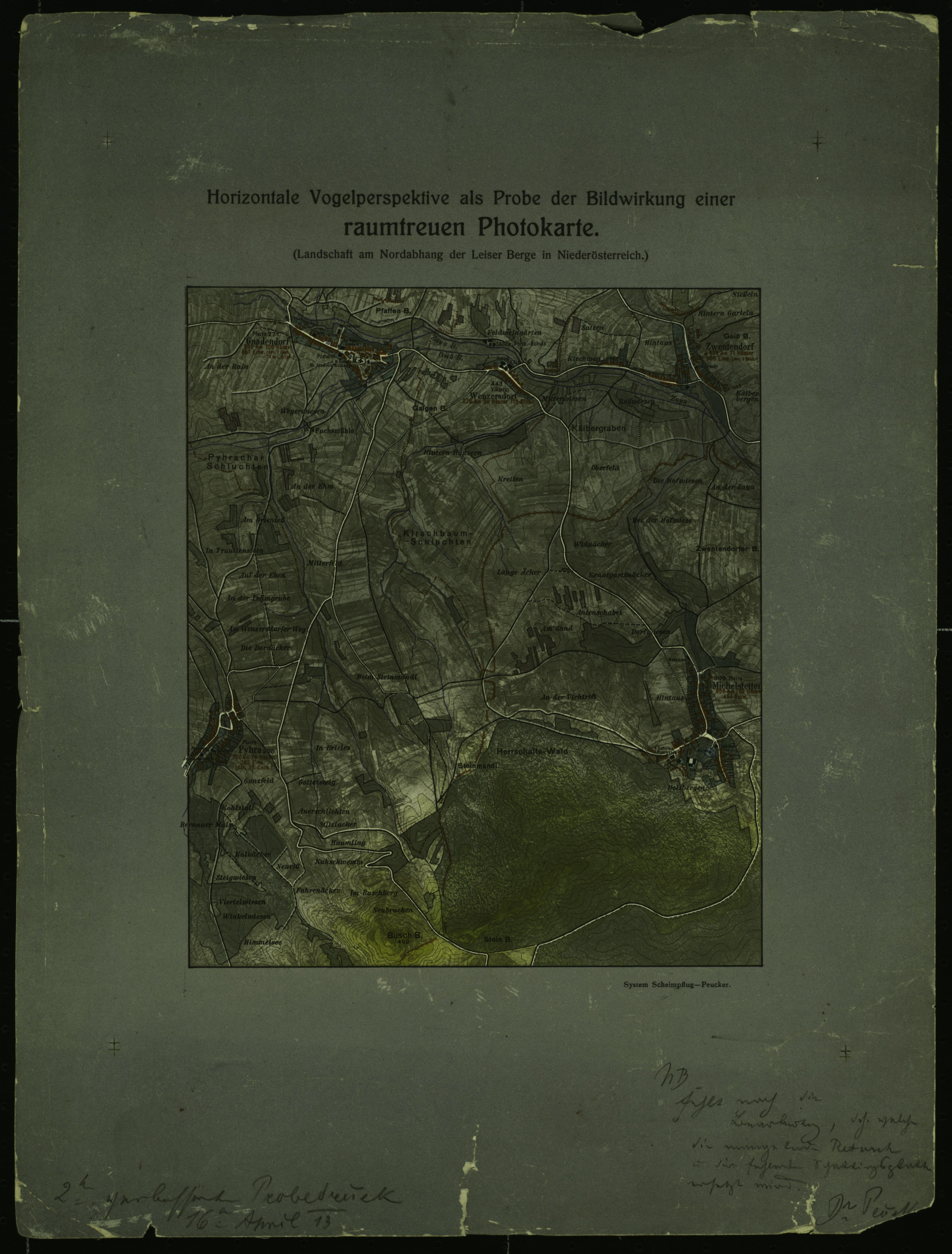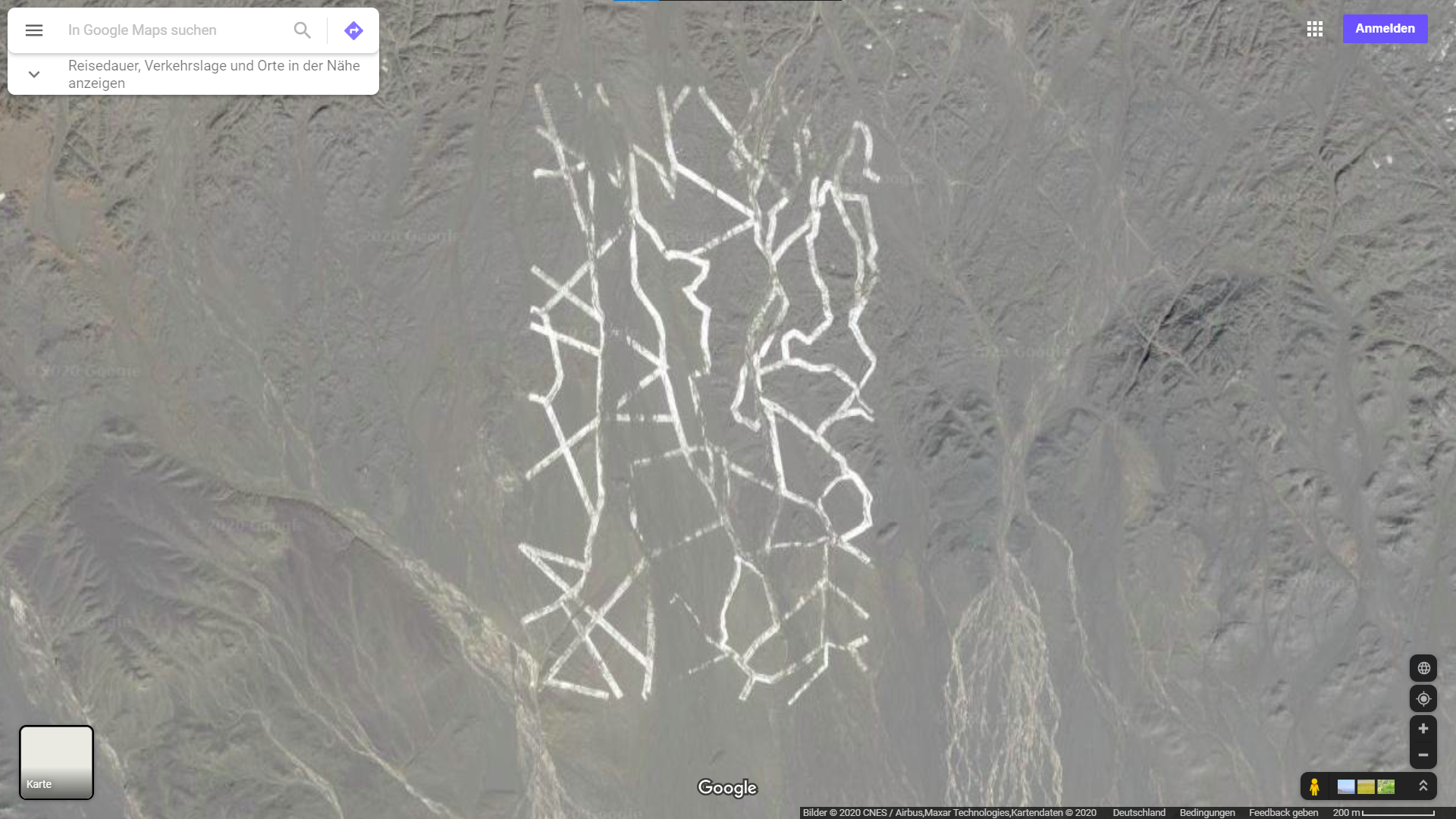Prior to the advent of airships and aircraft, aerial photographs had mainly been taken from tethered balloons, free balloons or kites—i.e. airborne devices that were fixed in place or whose direction of flight could only be influenced to a certain degree. This had encouraged ambitions to take several pictures at once from one position in order to record a larger area. 30 Willi Sander, “Über die Entwicklung der Photogrammetrie an Hand der Erfindungen unter besonderer Berücksichtigung der Doppelbild-Auswertungsgeräte”, in Otto von Gruber (ed.), Ferienkurs Photogrammetrie: Eine Sammlung von Vorträgen und Aufsätzen (Stuttgart: Verlag von Konrad Wittwer, 1930), 173–289, here: 272; Reinhard Hugershoff, Photogrammetrie und Luftbildwesen (Vienna: Verlag Julius von Springer, 1930), 148. It led, at an early stage, to the development of panoramic cameras, which could either take a succession of pictures of one area of terrain or use lenses pointed in different directions to record several images in one shot. The first device that could be termed a panoramic camera was developed in 1881 by Walter Bentley Woodbury, who had invented the Woodburytype process. 31 Stein’s and Newhall’s descriptions of the device cite 1877 as the year of manufacture, although this was the year, according to Sander, in which Woodbury submitted a patent application. Siegmund Theodor Stein, Das Licht im Dienste wissenschaftlicher Forschung: Handbuch der Anwendung des Lichtes und der Photographie in der Natur- und Heilkunde, in den graphischen Künsten und dem Baufache, im Kriegswesen und bei der Gerichtspflege, 2nd edn., vol. 2 (Halle an der Saale: Wilhelm Knapp, 1888), 226; Beaumont Newhall, Airborne Camera: The World from the Air and Outer Space (New York: Hastings House, 1969), 34; Sander, “Über die Entwicklung der Photogrammetrie” (see n. 30), 282. The device was controlled from the ground and was intended to be used in an unmanned tethered balloon. It thus anticipated the automation of aerial photography, which would ultimately lead to modern-day satellite and drone photography.
